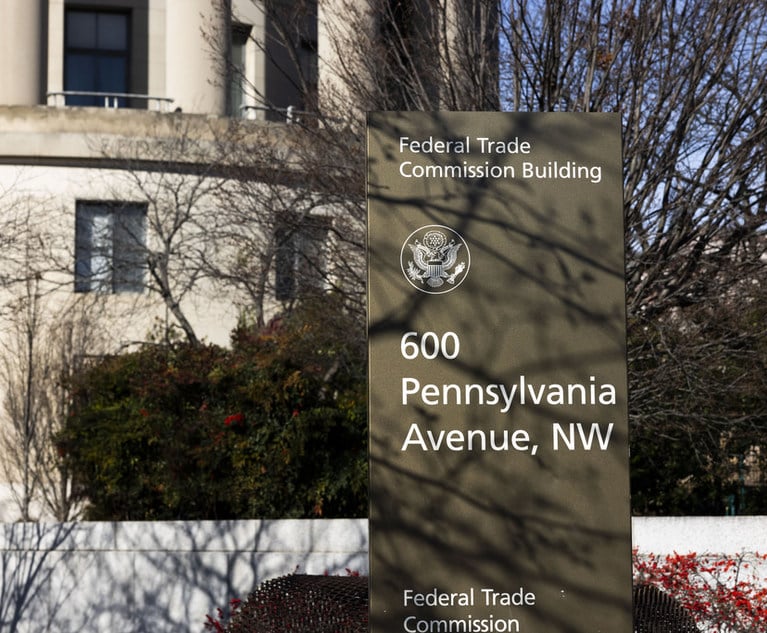Charles G. Pattison is president of 1000 Friends of Florida,a statewide not-for-profit membership organization.
|No one can deny the appeal of living beside or near Florida'sfabulous beaches and coastal areas. The beauty and charm simplycannot be found anywhere else in the country.
|Unfortunately, these also are the areas most likely to be hithardest by storms, hurricanes, and now, rising sea levels. Thisraises a difficult dilemma for Floridians—should all taxpayerscontinue to be required to subsidize the flood, wind and disasterinsurance for those who live in the most vulnerable areas of thestate? And should new development be curtailed in these areas,given its significant economic impact on taxpayers and the greaterrisk of loss of human life?
| The answers are important to 1000 Friends ofFlorida because of our ongoing involvement in coastal developmentpatterns and what that means to the environment and taxpayers.
The answers are important to 1000 Friends ofFlorida because of our ongoing involvement in coastal developmentpatterns and what that means to the environment and taxpayers.
This issue has garnered quite a bit of attention with thepassage of the federal 2012 Biggert-Waters Act, which is designedto end taxpayer subsidization of the National Flood InsuranceProgram, or NFIP. In particular, this act was meant to end thesubsidies paid for by all federal taxpayers for very low,non-market-driven insurance premiums for properties in flood-proneareas.
|It also was intended to prevent an increase to the NFIP'scurrent deficit of more than $24 billion, much of which hasaccumulated since Hurricane Katrina and Superstorm Sandy. Becauseof a substantial backlash, both the U.S. Senate and House have nowvoted to undo major provisions of Biggert-Waters.
|Compounding the problem in Florida is our state's CitizensProperty Insurance which, while only providing wind damagecoverage, is also subsidized by Florida taxpayers. You can see thissubsidy reflected on your car insurance and homeowners' insurancepremiums where a surcharge is being assessed to cover losses fromFlorida's 2004-2005 hurricane season.
|Can you imagine how much this subsidy will rise, both public andprivate, when a future major storm event crashes into one ofFlorida's heavily populated areas? A 2010 planning scenario for aCategory 5 storm hitting the Tampa Bay area projected about $250billion in economic losses of all kinds, including property damage,business losses and flood damage.
|This is why 1000 Friends of Florida has joined a diverse groupof business, conservation and nonprofit organizations known asStronger Safer Florida to promote appropriate changes to currentinsurance programs, curtail unreasonable subsidies, and offermarket-based insurance alternatives.
|Included in this mix should be increased emphasis on communityresiliency, mitigation options, affordability considerations,private insurance incentives and a phase-in of necessary rateincreases to eliminate subsidies.
|An unintended consequence of artificially lowered insurancepremiums is to encourage even more building in the most vulnerableparts of the state, where loss of life and limb is likely to begreatest.
|As the 2014 legislative session begins, a number of bills havebeen introduced that address these critical issues. All citizens ofFlorida need to pay attention to proposed changes to coastalinsurance programs and the state's catastrophe fund for disasterpayouts now, before the inevitable next major disaster strikes ourstate and we all pay the costs.
|This article was originally posted on The Miami Herald'swebsite on March 9, 2014.
Want to continue reading?
Become a Free PropertyCasualty360 Digital Reader
Your access to unlimited PropertyCasualty360 content isn’t changing.
Once you are an ALM digital member, you’ll receive:
- All PropertyCasualty360.com news coverage, best practices, and in-depth analysis.
- Educational webcasts, resources from industry leaders, and informative newsletters.
- Other award-winning websites including BenefitsPRO.com and ThinkAdvisor.com.
Already have an account? Sign In
© 2024 ALM Global, LLC, All Rights Reserved. Request academic re-use from www.copyright.com. All other uses, submit a request to [email protected]. For more information visit Asset & Logo Licensing.








